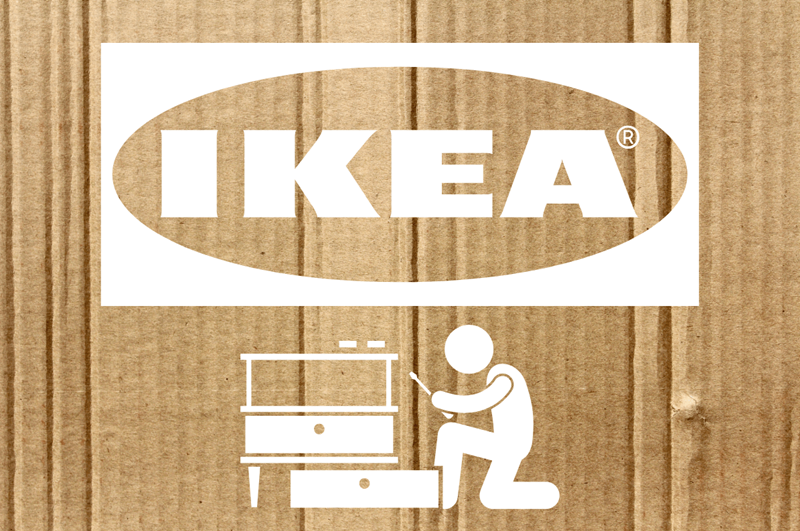
Pay More to Do It Yourself: What is the IKEA Effect?
We all know what IKEA is since it’s almost impossible to find a home without a single IKEA item these days. The Swedish furniture and decoration giant is known for its DIY approach, which is also the core of what we call the IKEA effect. The IKEA effect is all about how customers put a higher value on a product when they are required to put their own labor into it. So, sticking to the IKEA theme, we can suggest that when people pay for a flat pack IKEA item, they also pay for their own labor. So, most customers will choose to buy the flat pack even when another brand offers the same piece of furniture pre-assembled and for cheaper. In other words, it is safe to say that for a customer, the value of the product is more about their personal effort rather than the quality and the material value of the product, which makes them more likely to pay more for a flat pack item since they are not going to undervalue their own labor. And, that is what the IKEA effect is all about.
Marketing strategies based on the IKEA effect are not limited to the furniture and decoration industry, though. We see the same methodology in a variety of industries now, including fashion, accessories, food, and personalized gift solutions. Take food subscription services, for instance. Most of these food subscription services provide the delivery of ingredients for each meal, but the actual cost is usually the same as eating out or getting take away. However, the customer values the service based on their own effort rather than the total cost. Why? Because the customer thinks that the end product is not the package of ingredients but the cooked meal, which includes their personal time and effort as well as the package of ingredients.
The IKEA Effect and Our Need to Feel Competent
Simply put, the IKEA effect is basically brands charging customers for their own labor. But why are customers so willing to pay more for something they have to build themselves? Well, it is no coincidence that DIY products and services have become so popular, because the IKEA effect helps people feel competent and creative, which is something we all need.
In a study on the relation between the IKEA effect and people’s need to feel competent, a group of participants are given an easy math problem. The other group gets a math problem that they can’t solve. Then, they show both groups the picture of an IKEA bookcase and ask them whether they would buy it pre-assembled or flat-packed to then assemble themselves. The participants who got the easier math problem choose to buy pre-assembled, whereas those who couldn’t solve the problem and lost their self-esteem say that they prefer assembling it themselves. As this study conducted by Mochon, D., Norton, M. I. and Ariely, D., which was published in 2012 on “International Journal of Research in Marketing” shows, there is a significant link between the IKEA effect and people’s need to feel competent.
The IKEA Effect Can Make You Spend More
If you don’t pay attention to your shopping decisions, the IKEA effect can actually make you spend more money. So, if you are about to buy a product that involves some DIY, make sure you do your research and take into account the time and energy you will end up spending. Otherwise, the IKEA effect will cost you more in the long run and you will end up spending hours on assembling the product. You should focus on the product quality and do some market research instead of viewing your own labor as a criterion for the value of a product. That way, you can avoid the potential negative impact of the IKEA effect on your decisions as a customer.































REVİEWS - 1 reviews